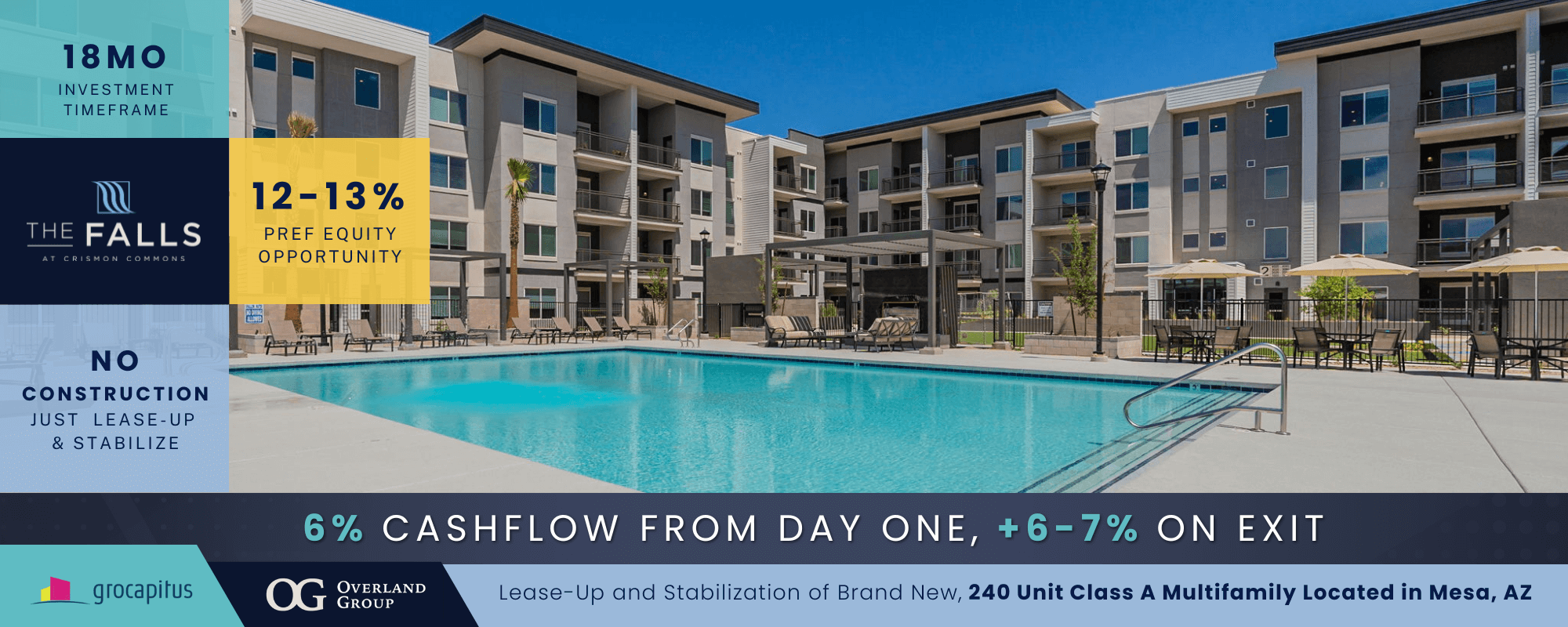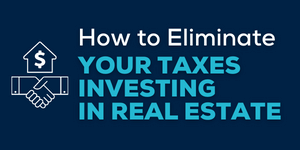Episode Summary
Mike Cuevas welcomes data scientist and real estate disruptor Neal Bawa to the Real Estate Marketing Dude podcast for a conversation that punches through mainstream fear and confusion. As the economy braces for a potential soft landing, Neal uses cold, hard data to explain why declining demand, a slowing global economy, and a $90 billion multifamily distress market are flashing a massive green light for savvy investors. If you’re in real estate, lending, or simply watching the market from the sidelines, this is your wake-up call: big changes are coming — and they favor the informed.
Key Takeaways
🔎 Soft Landing ≠ Safe Market
Neal breaks down the Fed’s plan to stall economic growth — and why the pain of a soft landing is still an opportunity in disguise.
📉 Multifamily is Down — But Not Out
With 25% pricing declines and $90B in distressed assets, multifamily has become a generational buying opportunity.
🏘️ Single Family Stalemate
The “lock-in effect” has frozen supply, keeping prices artificially propped — expect stagnation, not collapse.
💰 Equity Rescue Capital = Smart Play
Neal reveals how recapitalization deals offer 14–15% returns with lower risk than typical syndications.
🧠 Demographics Drive Deflation
Global aging, slowed consumption, and falling birth rates make long-term inflation unlikely — despite social media myths.
Chapters
00:01:24 – Kickoff: Why this episode matters now
00:02:44 – Neal Bawa introduction + Silicon Valley roots
00:03:06 – What 1,000 investors & $300M taught Neal about data
00:04:22 – Economic warning signs: Debt, defaults, and missed payments
00:04:41 – Unemployment, inflation & the Fed’s playbook
00:05:55 – What a “soft landing” really means
00:08:20 – Rate cut predictions + why “higher for longer” is a myth
00:09:18 – Japan’s warning to the world
00:12:08 – Market divergence: Multifamily vs. Single Family
00:13:38 – Lock-in effect explained
00:15:14 – Affordability ceilings and regional risk
00:18:08 – Renting vs. owning: A historic gap
00:20:45 – $90B in multifamily distress explained
00:22:10 – Top investing strategies: assumable loans + rescue equity
00:25:09 – Why now is the time to be a predator, not prey
00:28:15 – Final thoughts: How to follow Neal Bawa’s data
Notable Quotes
“The difference between the average mortgage payment and average rent is the highest in U.S. history — by far.”
— Neal Bawa
“This is not 2007. It’s fashionable to say it is, but the data tells a very different story.”
— Neal Bawa
“Multifamily is down 25%. Single family? Barely moved. This divergence is your opportunity — if you understand the ‘why.’”
— Neal Bawa
“Right now, I’m in predator mode. I’m making lowball offers and buying at deep discounts with fixed-rate assumable loans.”
— Neal Bawa




